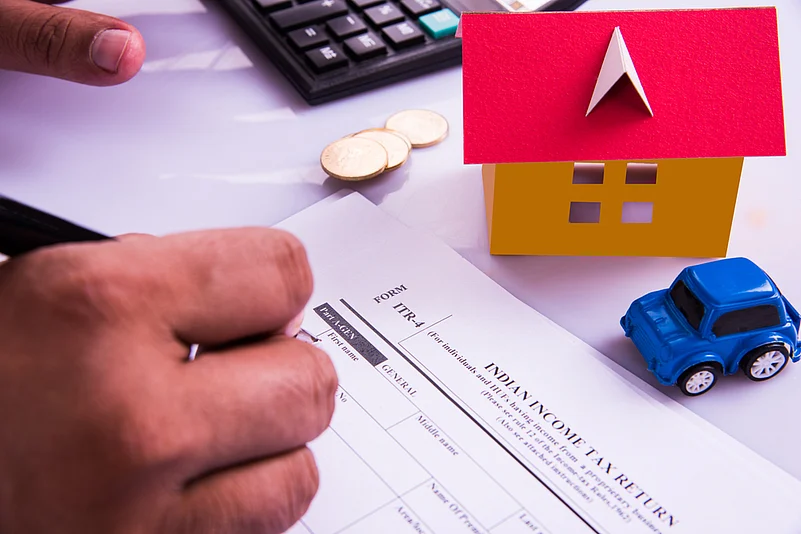Hardly a month is left for tax planning. Many investors will be making a beeline to invest in a bid to lower their tax outgo, but can such investments be justified? Well, not really.
Ideally, every investment must be aligned with life goals. The last-minute rush to save taxes can derail finances due to outflow of money. The problem with such investments is that investors tend to ignore the viability of such investments vis-a- vis life goals.
The first step in tax planning is to know your taxable income. A salaried person might receive income from other sources such as rent from property, interest from deposits, capital gains on the sale of stocks or funds. If you do not know your income, you cannot plan for taxes.
Advertisement
Every salaried individual receives a standard deduction of Rs. 50,000. Besides this, there are expenses like house rent, school tuition fees, home loans which are eligible for deductions. Check with your employer if your EPF has been deducted. Before committing investments, you must carefully analyse the taxes that you might have saved. It must be noted that Section 80C of the Income Tax Act provides for deduction up to Rs 1.50 lakh per year. Once you know how much tax needs to be saved, there are a variety of options like Public Provident Fund (PPF), National Pension System, National Savings Certificate or a fixed deposit with the bank to name a few. If you are willing to take some risk Equity-linked Savings Scheme (ELSS) funds are ideal.
Advertisement
Investments should complement your life goals. An investment in ELSS can net you up to 15 per cent annual return while PPF can net you 7.6 per cent. While PPF is considered as risk-free, ELSS carries a certain risk, but in the long-run, the risk tends to get even. Instead of having a piecemeal approach, invest in such a way that your investments help you to achieve life goals.
Many times, investors buy insurance as a shield against the tax, but this approach has some flaws. ULIPs or endowment policies may help you to save taxes, but they do not provide adequate cover despite the high premium charged by the insurance company. The decision to buy insurance should be based on the extent of insurance required and not on tax-saving alone. Life and health insurance needs can be met through a term plan and family floater policy. There are better products for investment which can give higher returns, ELSS is the one. Not only it helps your investments grow, but it also helps to save tax.
In a bid to save taxes, the average investor ignores the returns provided by various investment avenues. If you are the conservative type who prefers a fixed rate of return, you can opt for PPF or Voluntary Provident Fund (VPF) contribution if your employer allows for it. VPF offers a higher rate of interest than PPF. VPF
offers 8.65 per cent against 7.6 per cent offered by PPF. If you have the risk appetite, you can invest in ELSS, which usually generates superior returns.
Remember, if you have not planned your investment, you will have to invest in lump-sum. It can dent your finances for the short term. This is not a good investment strategy. Ideally, you should strive to invest in ELSS through Systematic Investment Plans (SIP), it allows you to invest money in smaller chunks. Besides you also lose the advantage of the power of compounding when you invest at the end of the year.
Advertisement
This financial year, you may have missed the bus. You can plan the year ahead and start investing in a systematic manner that will not only help to save tax without denting your finances but also help you leverage the power of compounding.
The author is the Founder of Investonline















 Just one email a week
Just one email a week